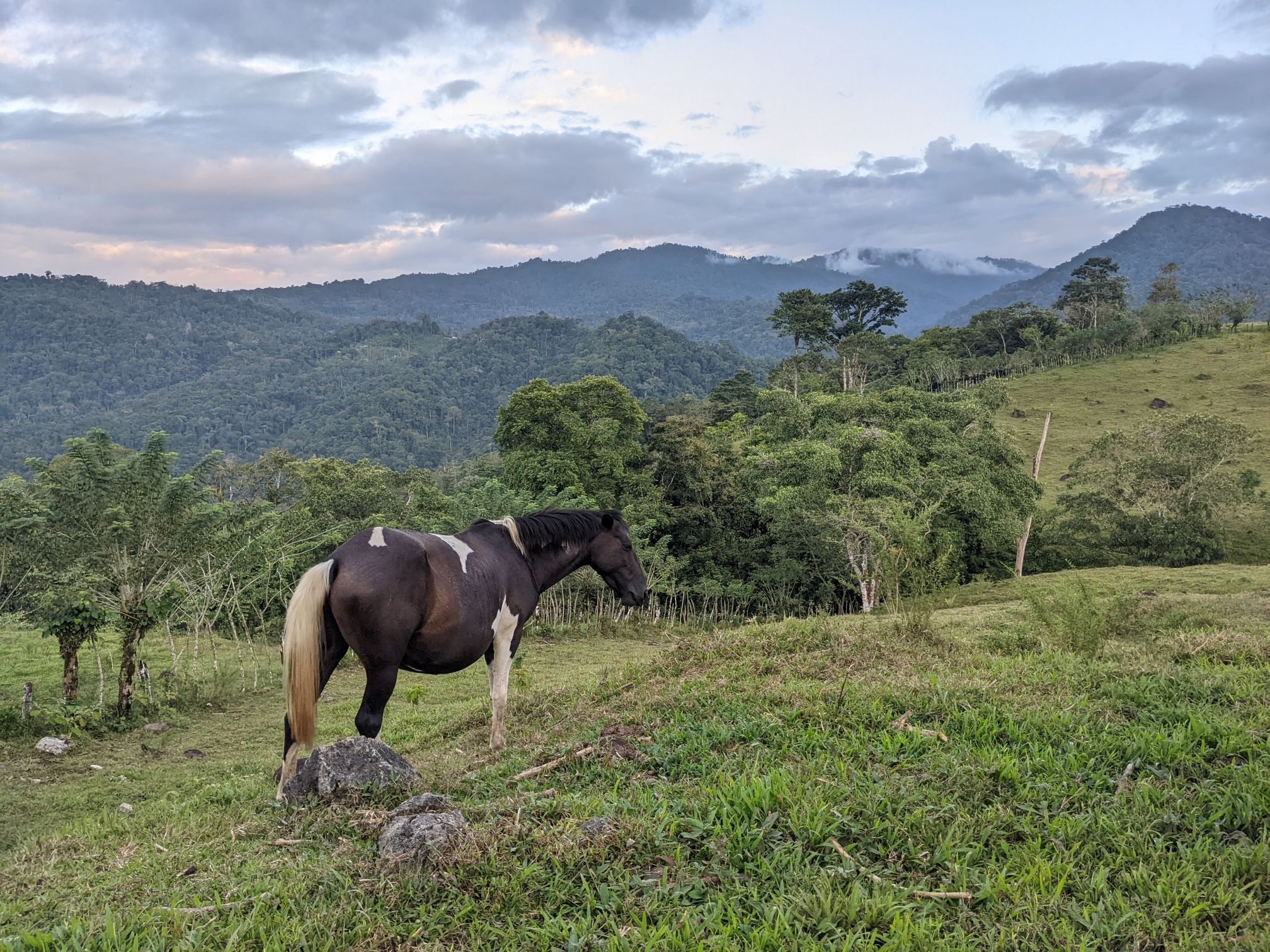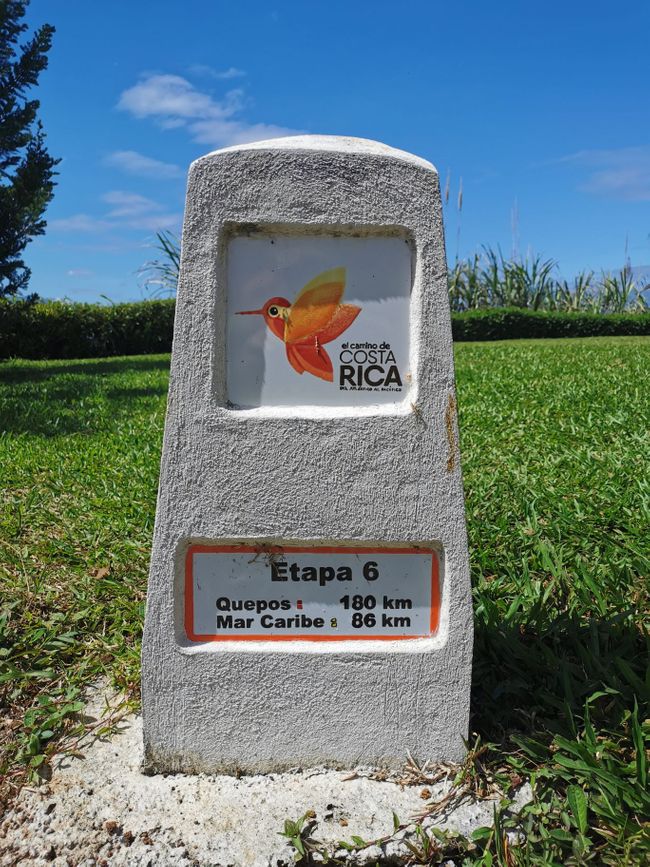Swimming in Youmurí and climbing the Yunque
Pibliye: 17.04.2019
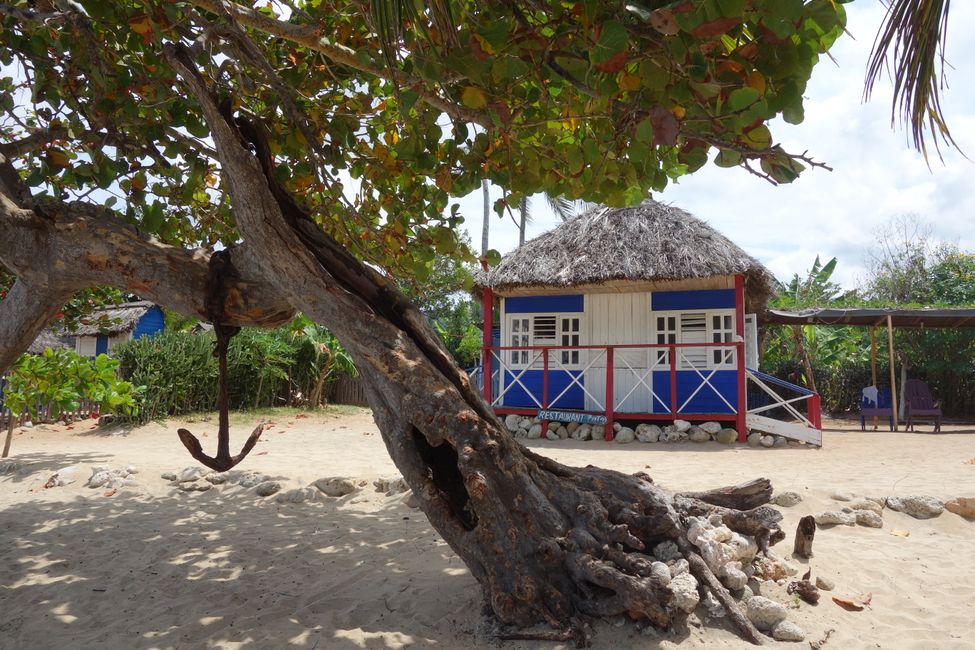
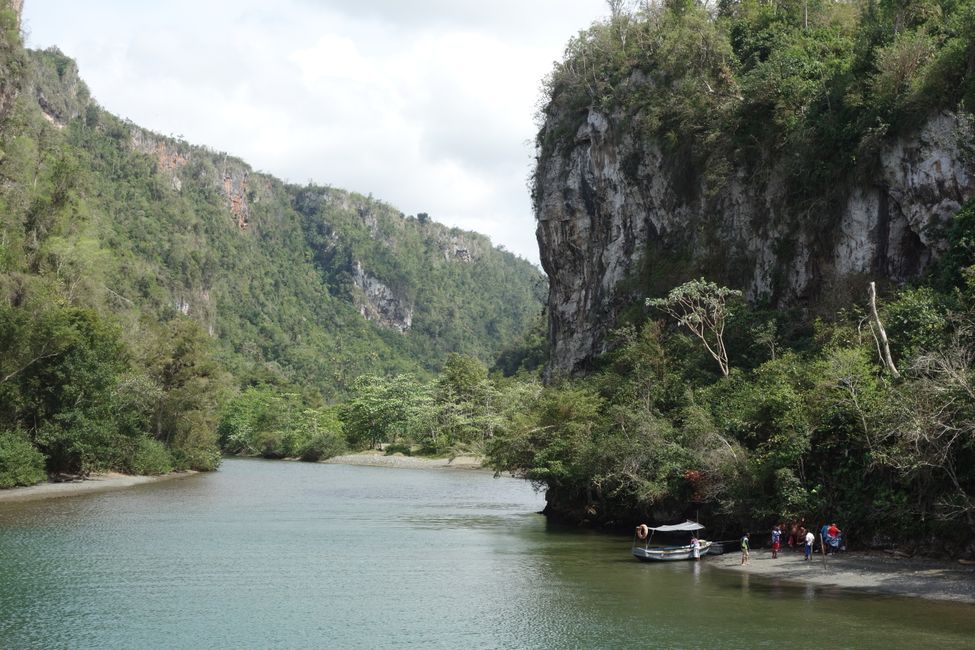
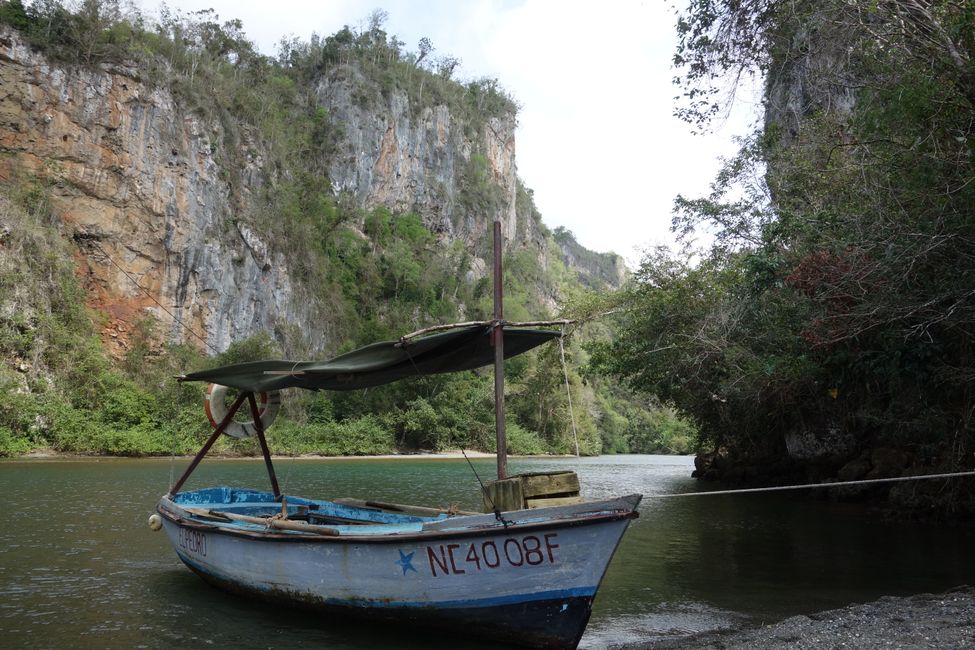
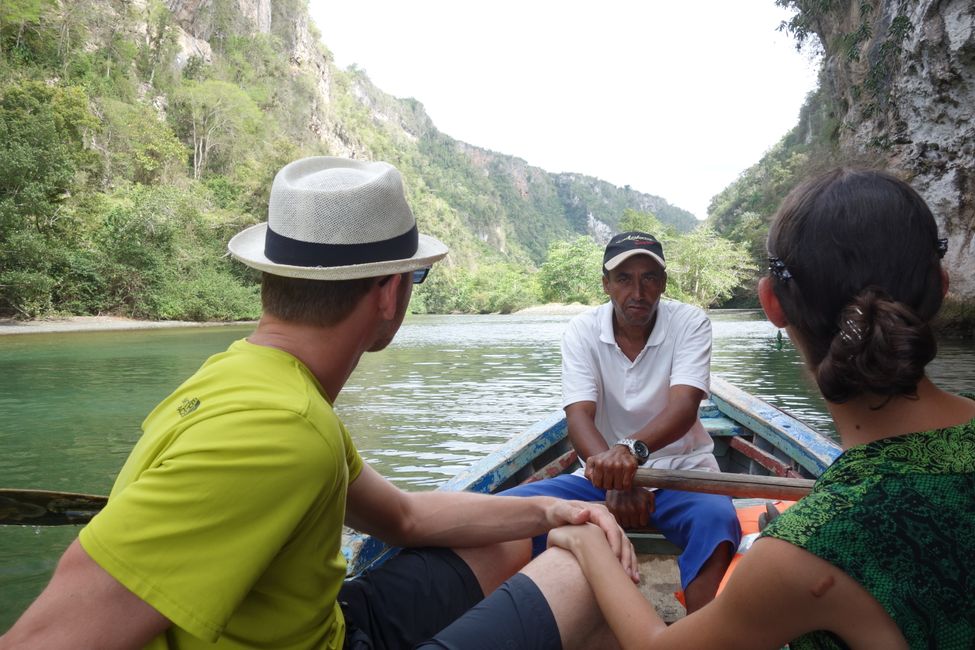
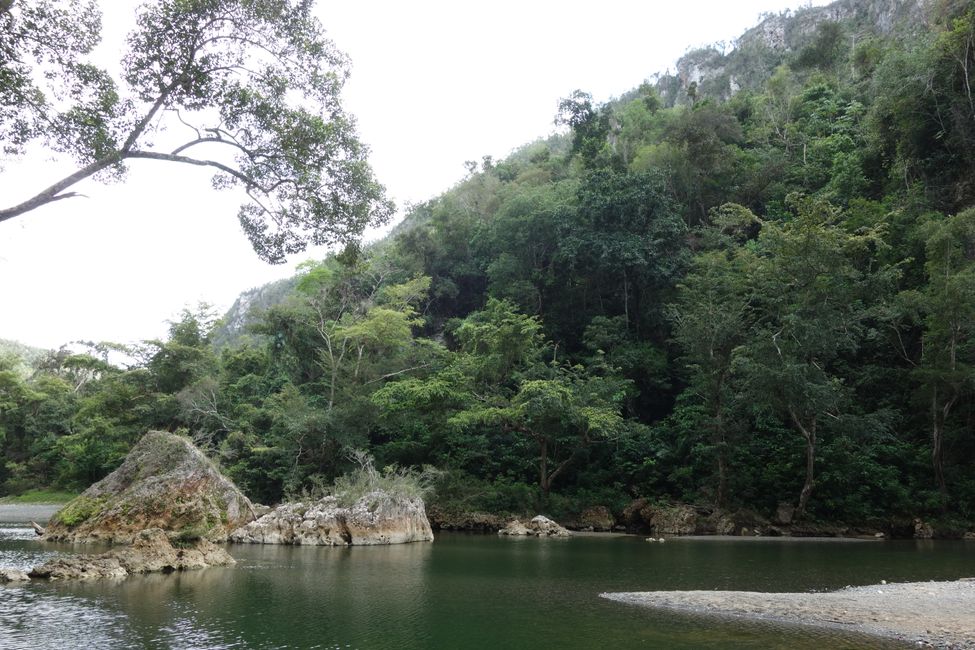
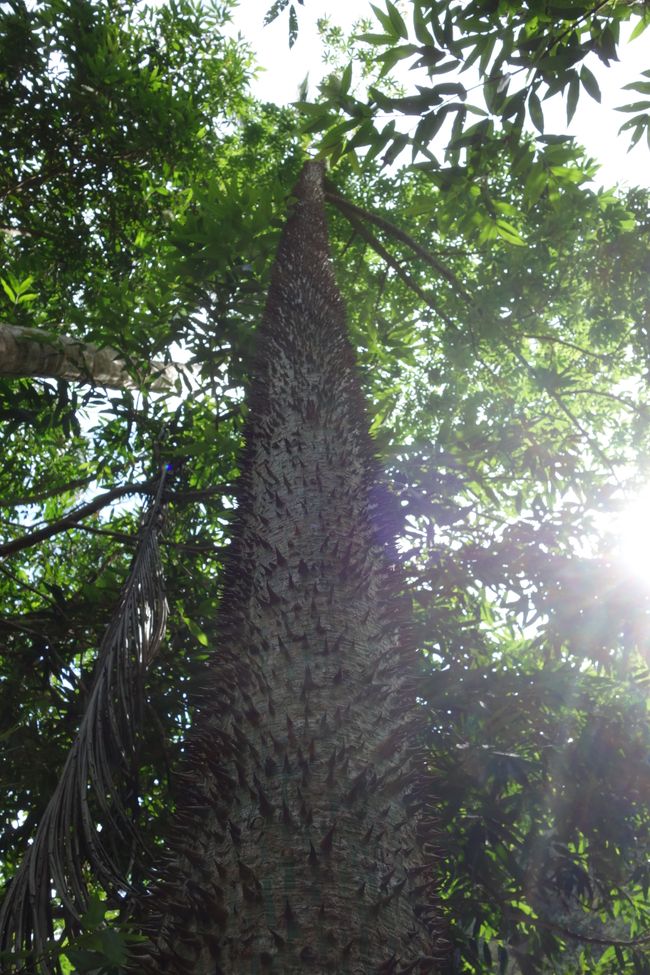
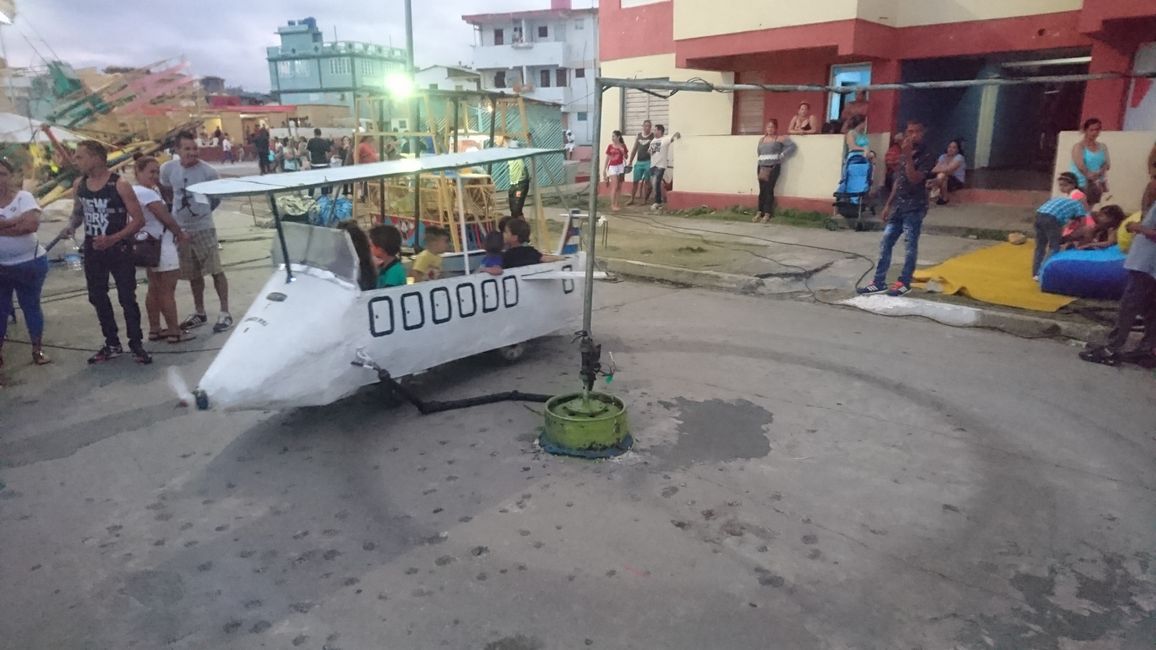
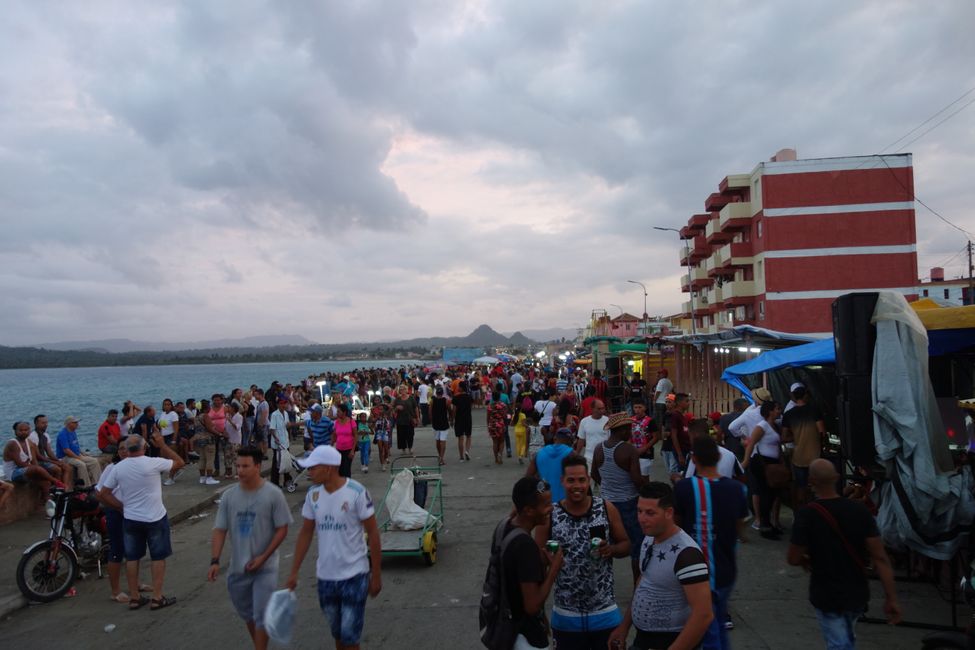
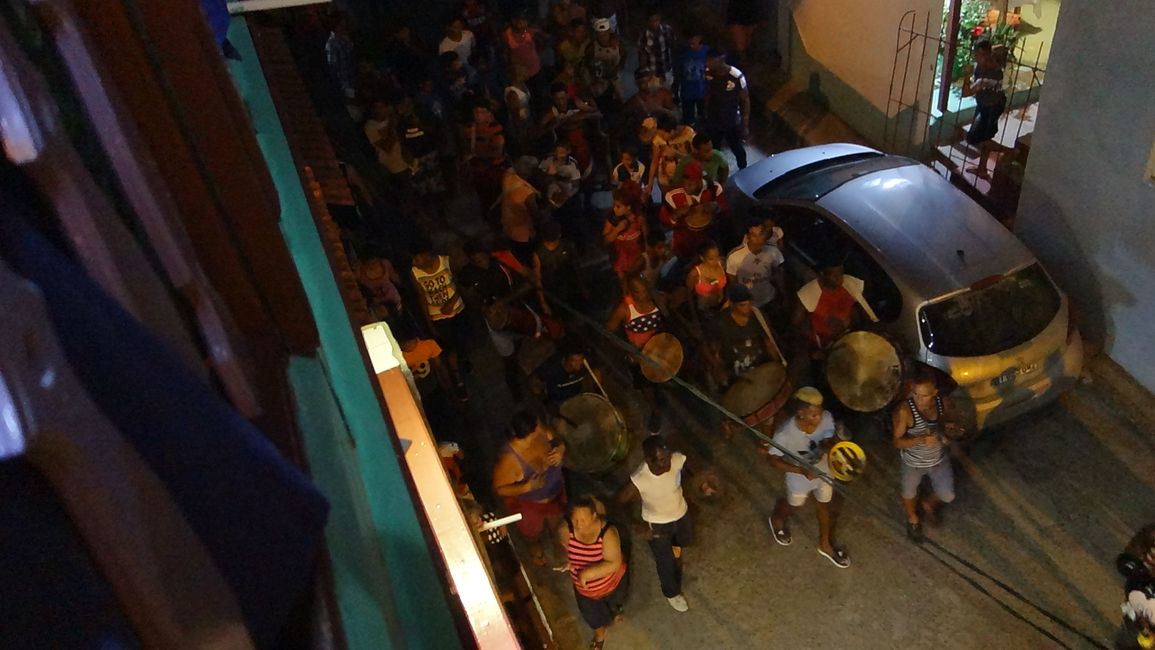
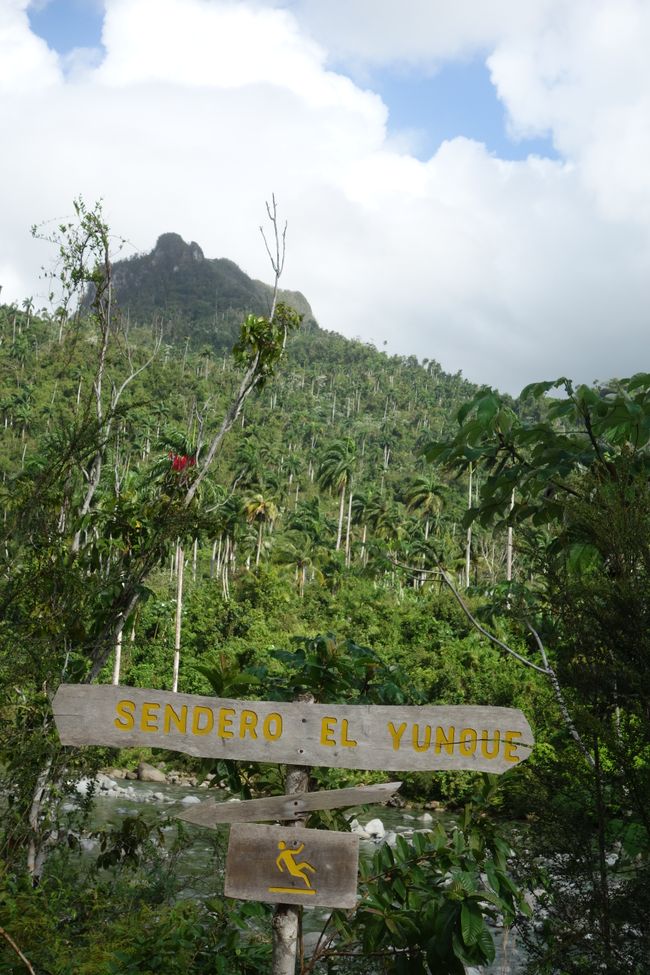
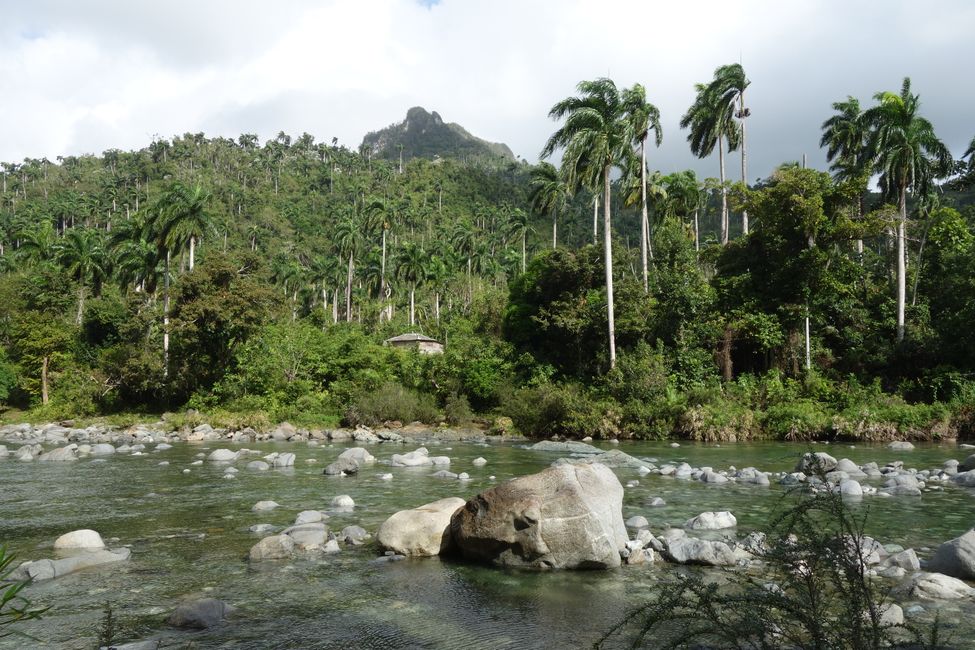
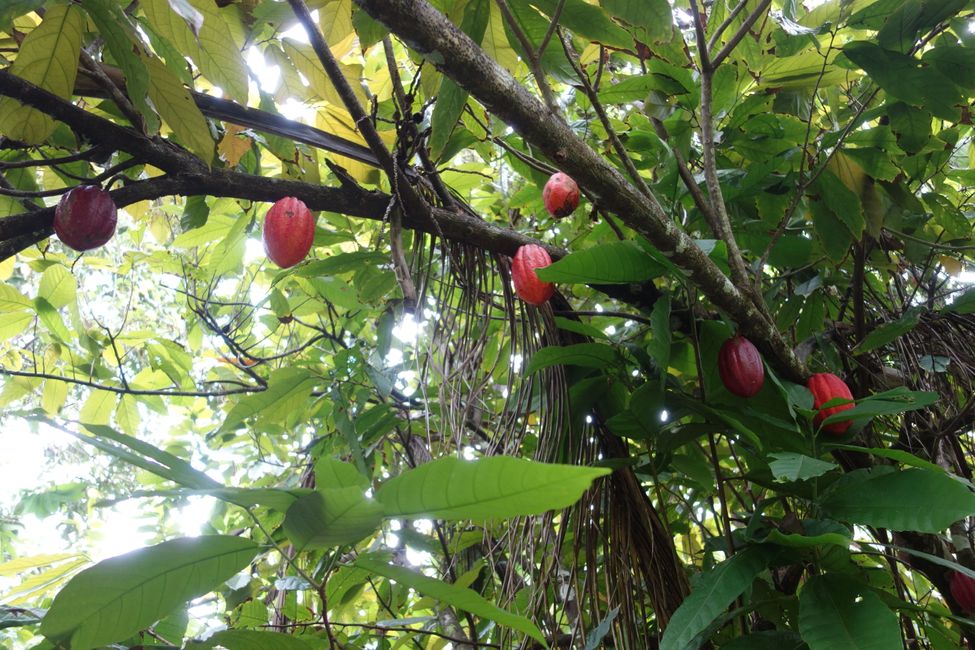
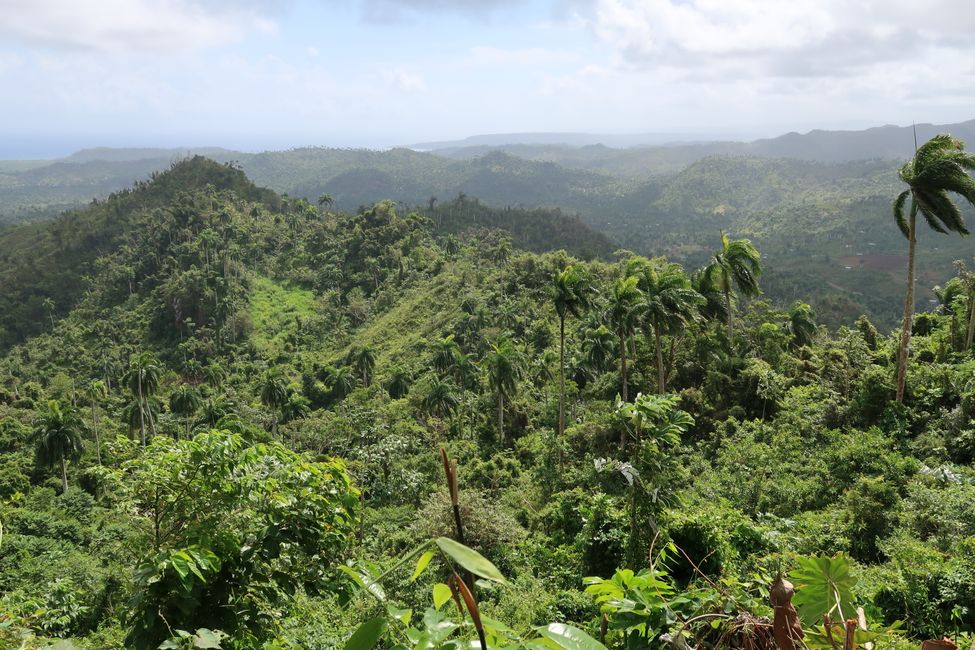
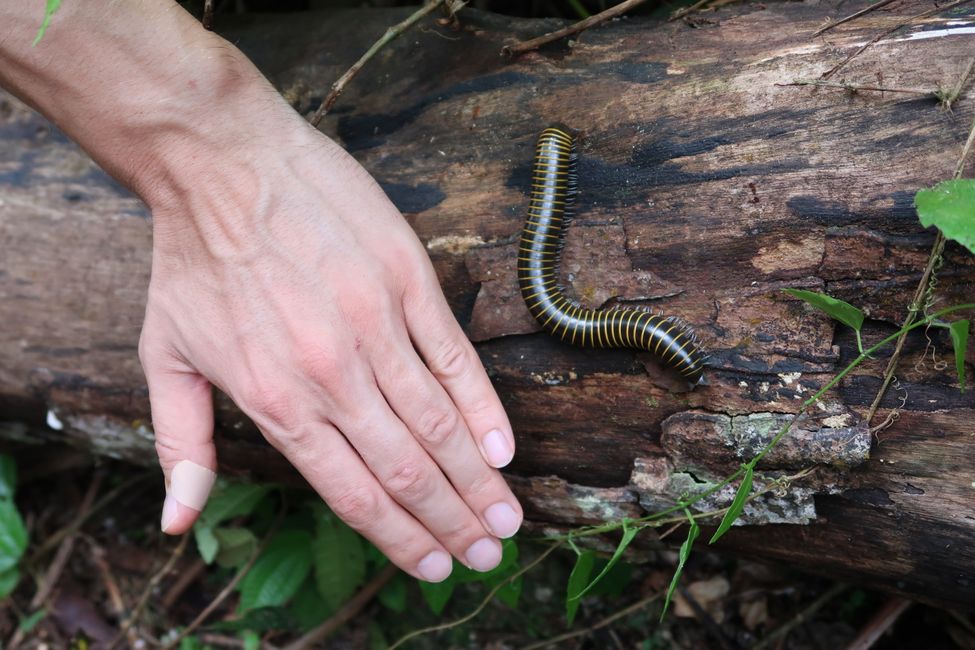
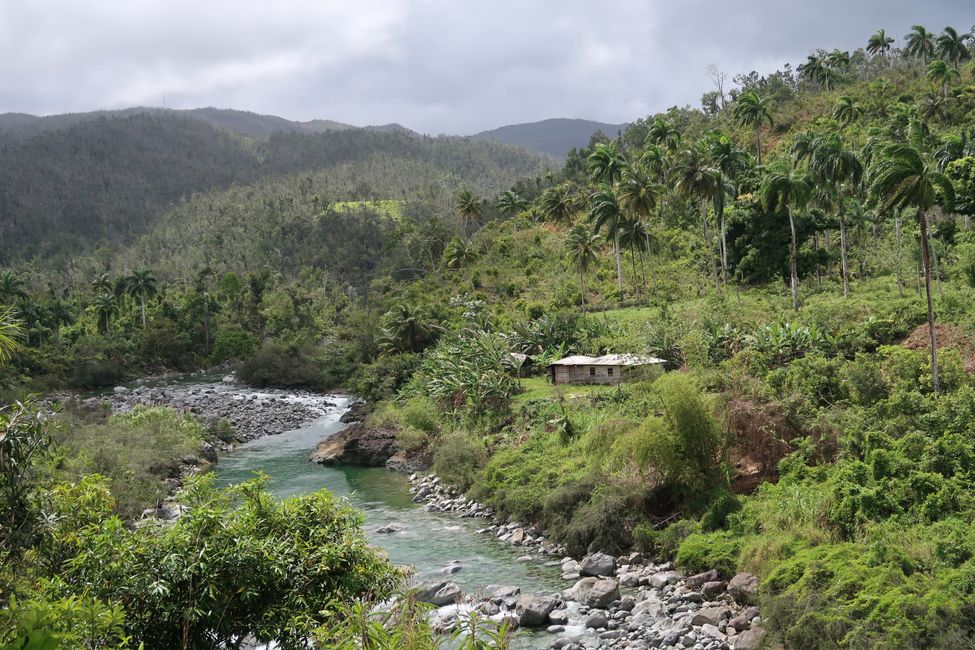
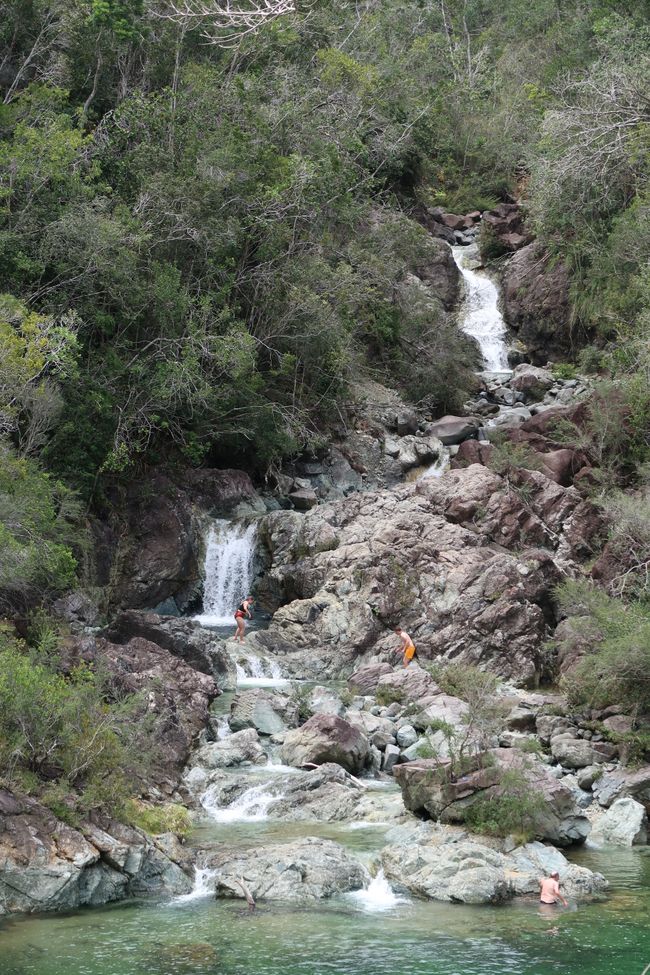
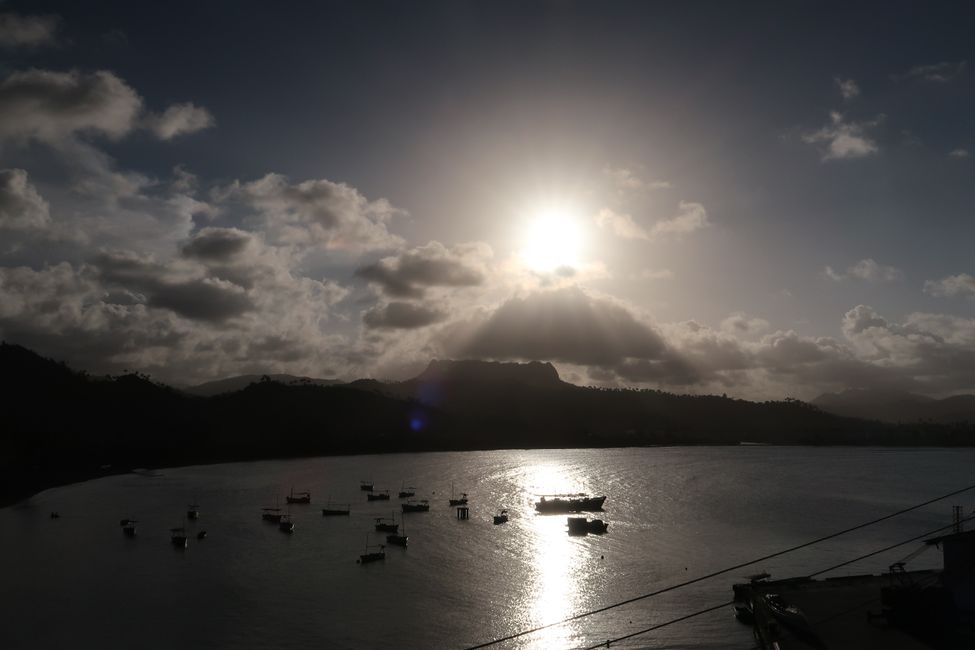
Today we wanted to take it a bit easier. We strolled through the city center of Baracoa and made a detour to the Casa del Chocolate, an old colonial house dedicated to everything cocoa-related. We enjoyed homemade delicious cocoa with different flavors in the beautiful courtyard and also bought some chocolate pralines directly from the small factory. The climate in Baracoa is ideal for cocoa plants, and so it is home to Cuba's only chocolate factory. The hot chocolate is especially popular here. Afterwards, Chris got his beard trimmed at a hairdresser on an old barber chair for a tourist price. Although there was a lot of fuss, it didn't feel completely professional in the end.
Then we drove to a beautiful non-touristy beach with small fishermen's houses and a paladar (small private restaurant) in a blue beach house that looked like a postcard motif. We had fresh fish and enjoyed freshly squeezed juices. Before we left, my dad wanted to use the restroom one more time, and when he walked through the small backyard, the owner stopped him, handed him 3 CUC, and asked him to bring tourists here for a meal on the next tour. Since then, we jokingly called my dad el guia (the guide), but to be honest, Chris doesn't pass as a Cuban.
Afterwards, we continued, passing through the rock arch Tunel de los Alemanes, to Boca de Yumurí. Here, behind the Yumurí River delta, lies Cuba's most beautiful canyon. The limestone cliffs of the gorge can reach heights of up to 180m and are lushly vegetated. We took a small taxi boat and had it drop us off a bit upstream. We hiked through the gorge for a while and also found an idyllic swimming spot. Except for a few Cubans a bit further away, having their picnic with loud music, we were completely alone in the gorge. An hour and a half later, as agreed, the small boat picked us up again, but we could have swum for hours in the perfectly tempered river water.
Back in Baracoa, we decided to make a detour to the carnival at Malecón after all. The streets were filled with people, and there were numerous food stalls, sales booths with kitsch, and somewhat unconventional, seemingly self-assembled carousels for children in the shape of a bus or airplane. But the best part was the Cuban interpretation of the wheel of fortune. In the middle was a box that could be spun, and around it were open boxes with small prizes on top. When the box in the middle stopped spinning, the game leader picked it up, revealing a confused guinea pig that staggered out and then decided to escape into one of the surrounding boxes. Such curiosities can only be found in Cuba.
Then we found a small private restaurant that we had been recommended, and while we were enjoying our cocktail, we also had the pleasure of a carnival procession with trumpets and drums. All night long, the streets of Baracoa were in a state of exception, but fortunately, our car was guarded by a Majete.
Every day, we could see Baracoa's landmark, the anvil-shaped mountain el Yunque, in the distance from our terrace. Surrounded by mountain ranges, it sits in the middle of the tropical landscape. There is an ambitious 8km hiking trail that leads to the 575m high mountain, and of course, we didn't want to miss it.
So we drove along the rough road to Campismo el Yunque, the starting point of the hike. Similar to the Humboldt National Park, access to the protected area was only possible with a paid guide. Compared to Alberto, this one was just as expensive but rather taciturn and seemed uninterested in quickly guiding the tourists through.
First, we waded through the river to the other side once again. In the distance, the summit of the mountain rose (from this side, the Yunque is not flat but has a peak) and gave us an idea of how steep the ascent would be.
Dark clouds had moved in by now, gradually obscuring our view of the destination. At first, we were leisurely walking through the familiar cocoa plantations, but soon the path started to ascend noticeably, making us break a sweat.
Thick forest surrounded us, and every now and then, we could admire a few mushrooms, butterflies, and giant millipedes. Unfortunately, it soon started to rain, turning the muddy ground into a slippery mess, making the ascent arduous and slippery. Luckily, we were well-equipped with rain jackets, typical Germans.
When we finally reached the summit, panting, the fog had hidden any view. A little disappointed, we took a break at the top and then began the slippery descent. Once at the bottom, we washed the worst mud off our feet and legs in the river, and then made a short detour to a washed-out river basin that forms a few natural pools with a small waterfall, inviting us to swim. In the evening, we truly deserved the last generous meal from our hostess, and the Yunque said goodbye, showing itself from its best side once again in the distance.
Repons
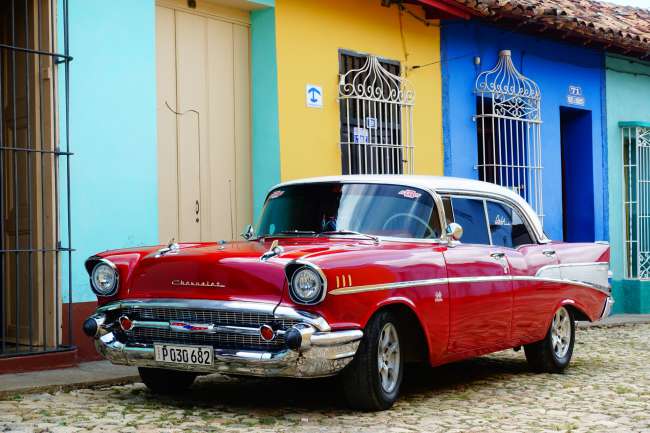
Rapò vwayaj Kiba
